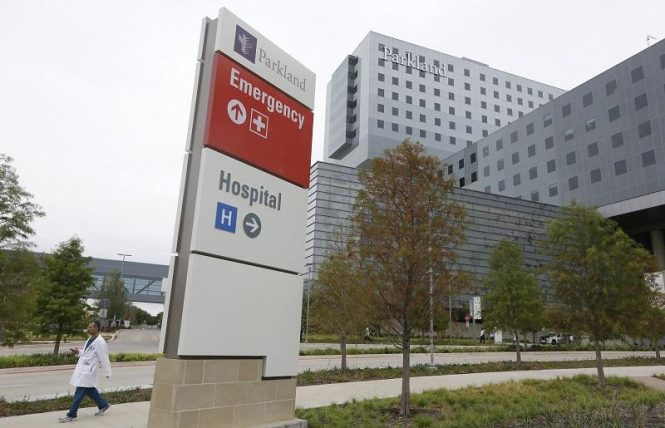
The pressure to consume in medicine is a pervasive issue that affects patients and healthcare professionals alike. This article explores the complexities of resisting unnecessary treatments and interventions in the modern medical landscape, providing practical insights and strategies for informed decision-making. It’s about understanding the underlying forces at play, identifying red flags, and becoming an active participant in your healthcare journey. The article structure will delve into the root causes of this pressure, examine the ethical implications, and propose a framework for resisting unnecessary procedures while prioritizing well-being and quality care.
Understanding the Pressure to Consume
The Allure of Intervention
The modern medical landscape often encourages a culture of intervention. This can stem from a combination of factors, including the availability of new technologies, aggressive marketing strategies, and a perceived obligation to maximize treatment options. This pressure frequently leads patients to feel compelled to embrace every available treatment, even if its effectiveness or necessity is questionable. This over-emphasis on intervention can negatively impact patients’ financial well-being and emotional health. Financial pressures can arise from the hefty costs of certain procedures, while unnecessary treatments can cause physical or psychological stress. Understanding the subtle ways the system pushes you to consume treatments is crucial to breaking the cycle.
The Role of Healthcare Professionals
Healthcare professionals also play a significant role in the pressure to consume. While their intention is often to provide the best possible care, biases and incentives can sometimes lead to recommendations for procedures that might not be the most appropriate. For instance, the need to meet treatment targets, maintain strong reputations, or the fear of malpractice lawsuits can subtly influence clinical judgments and treatment plans. The fear of litigation and pressure from stakeholders can sway the provider’s judgement, often leading to the adoption of an interventionist approach.
Identifying Red Flags
Recognizing Signs of Pressure
There are several warning signs that can indicate a treatment recommendation might be driven more by pressure to consume than by medical necessity. A rushed consultation, limited discussion of alternative options, and a lack of robust evidence supporting the recommended procedure can often be indicators. It’s important to question assumptions and ask clarifying questions to uncover potential red flags.
Unnecessary Procedures and Overdiagnosis
The pressure to consume often manifests in the form of unnecessary procedures or overdiagnosis. For instance, advanced imaging techniques, though valuable in specific cases, can sometimes be deployed when simpler, less expensive methods would suffice. This overreliance on advanced procedures can lead to increased healthcare costs and potential complications. Understanding the potential for overdiagnosis in specific circumstances is vital.
Strategies for Resisting Unnecessary Treatments
Empowering Yourself
Patients can take proactive steps to resist unnecessary treatments. This starts with being an active participant in your healthcare journey. Seek a second opinion, research different treatment options, and discuss your concerns openly with your healthcare provider. Asking questions, challenging assumptions, and expressing your preferences are all part of empowerment. This proactive approach to healthcare is an essential step in resisting the pressure to consume.
Prioritizing Well-being
Beyond the medical aspects, prioritizing your overall well-being is critical. A holistic approach considers factors beyond simply treating symptoms. Stress management, healthy lifestyle choices, and emotional support play essential roles in navigating the healthcare system.
The Ethical Considerations
Balancing Benefits and Risks
One significant ethical aspect is balancing the potential benefits of a treatment against its potential risks and costs. A thorough analysis should consider long-term effects and alternative options, not just the immediate symptom relief. Understanding the complexities of treatment choices allows patients to weigh options effectively.
Ensuring Informed Consent
True patient empowerment begins with informed consent. Healthcare providers have an obligation to ensure that patients fully understand the risks, benefits, and alternatives before agreeing to any treatment. This enables informed decision-making.
Conclusion
In conclusion, resisting unnecessary treatments in medicine, or the pressure to consume, is a crucial step towards a more ethical and patient-centered healthcare system. By understanding the underlying factors driving this pressure and developing critical thinking skills, patients and healthcare professionals alike can make informed decisions that prioritize well-being and avoid unnecessary interventions. The next step is to actively seek out second opinions, research treatment options, and be an active participant in your healthcare journey. By taking a proactive and informed role, you can ensure that you’re receiving the best and most appropriate care possible for your specific needs and circumstances, avoiding unnecessary treatments and ensuring value and quality in healthcare.